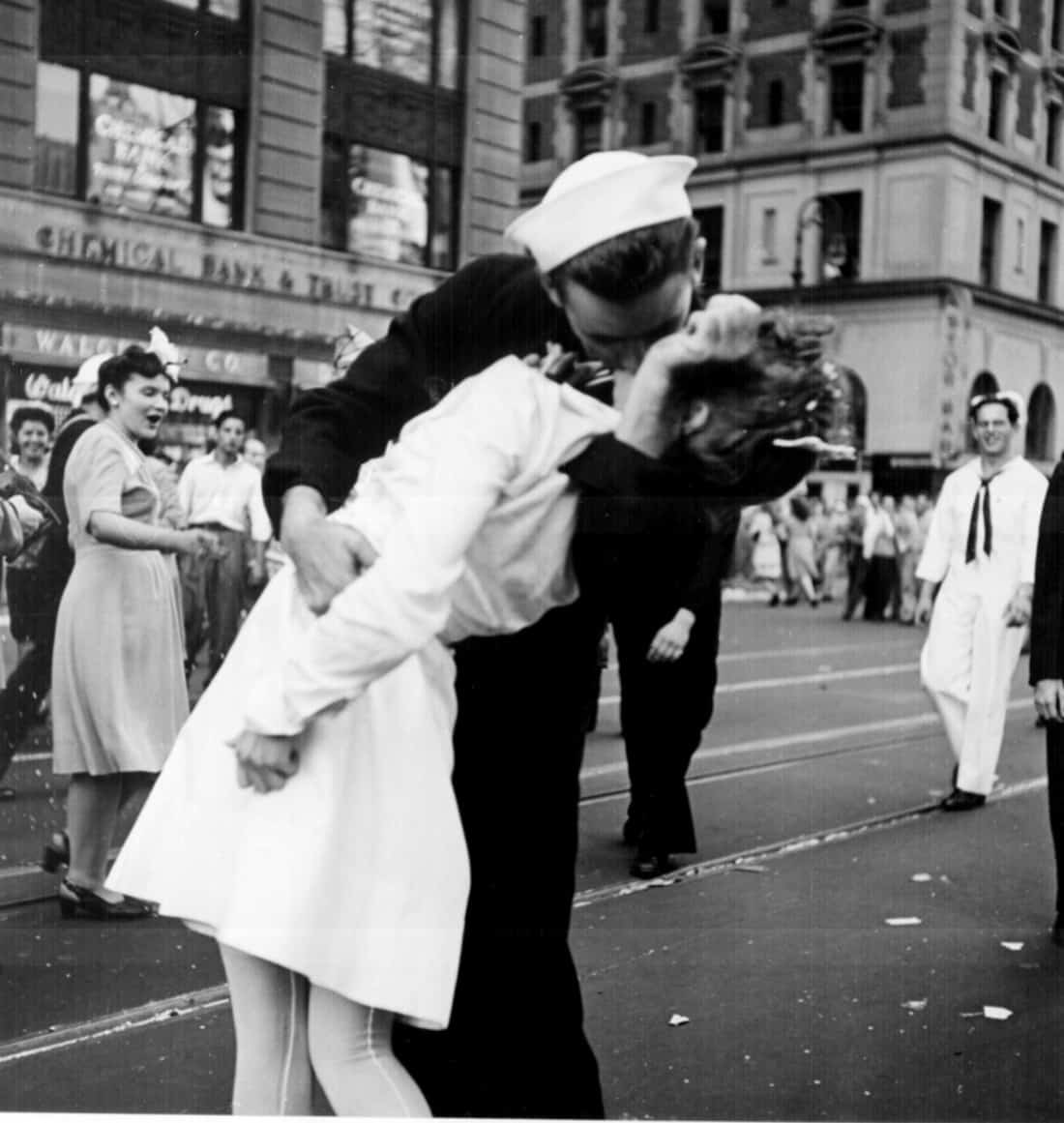The smart Trick of Framing Streets That Nobody is Discussing
Table of ContentsHow Framing Streets can Save You Time, Stress, and Money.Things about Framing StreetsSee This Report on Framing StreetsFraming Streets for DummiesThe Only Guide to Framing StreetsThe Best Strategy To Use For Framing Streets
Photography style "Crufts Pet Show 1968" by Tony Ray-Jones Road digital photography (additionally occasionally called candid photography) is photography carried out for art or questions that includes unmediated chance experiences and arbitrary occurrences within public places, normally with the goal of recording pictures at a definitive or poignant minute by mindful framework and timing. 
, who was motivated to take on a comparable paperwork of New York City. As the city created, Atget assisted to advertise Parisian roads as a worthy subject for photography.

About Framing Streets
Martin is the first recorded digital photographer to do so in London with a disguised cam. Mass-Observation was a social study organisation established in 1937 which intended to tape daily life in Britain and to tape-record the responses of the 'man-in-the-street' to King Edward VIII's abdication in 1936 to wed divorce Wallis Simpson, and the succession of George VI. In between 1946 and 1957 Le Groupe des XV every year exhibited job of this kind. Andre Kertesz. Circus, Budapest, 19 May 1920 Road digital photography created the major material of two exhibits at the Gallery of Modern Art (Mo, MA) in New york city curated by Edward Steichen, Five French Professional Photographers: Brassai; Cartier-Bresson, Doisneau, Ronis, Izis in 1951 to 1952, and Post-war European Digital Photography in 1953, which exported the idea of street photography worldwide.

Fascination About Framing Streets
The recording equipment was 'a covert cam', a 35 mm Contax hidden beneath his layer, that was 'strapped to the breast and linked to a lengthy cord strung down the ideal sleeve'. Nevertheless, his work had little modern effect as as a result of Evans' level of sensitivities concerning the originality of his project and the personal privacy of his read this article topics, it was not released up until 1966, in guide Lots of Are Called, with an intro composed by James Agee in 1940.
Helen Levitt, after that a teacher of children, connected with Evans in 193839. She recorded the transitory chalk illustrations - Street photography hashtags that belonged to children's road culture in New york city at the time, as well as the children who made them. In July 1939, Mo, MA's brand-new digital photography area consisted of Levitt's operate in its inaugural eventRobert Frank's 1958 publication,, was substantial; raw and typically indistinct, Frank's images questioned conventional photography of the time, "tested all the formal rules laid down by Henri Cartier-Bresson and Walker Evans" and "flew in the face of the wholesome pictorialism and heartfelt photojournalism of American publications like LIFE and Time".